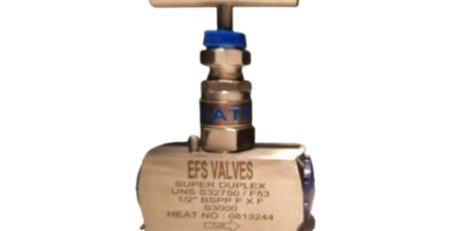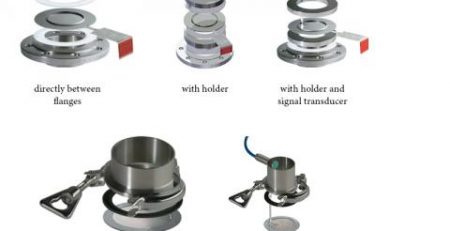Safety Valves vs. Relief Valves: Key Differences
When it comes to overpressure protection, safety valves and relief valves serve similar purposes but operate differently. Here’s what sets them apart:
Opening & Closing Speed
- Safety valves open and close rapidly (“pop action”), making them ideal for gases and steam.
- Relief valves open and close gradually, allowing proportional pressure release, mainly used for liquids.
Overpressure & Blowdown
- Safety valves typically have an overpressure of 10%, 21% in fire case, and 3% in boilers (ASME Sec I).
- Blowdown (pressure drop before reseating) is around 10%.
- Relief valves usually handle lower overpressure and gradual reseating.
Applications
- Safety valves protect steam, gas, and compressed air systems.
- Relief valves are common in liquid systems and thermal relief applications. When exothermic reactions occur in a pipeline, part of the fluid may vaporize, increasing pressure. Relief valves prevent excessive pressure buildup in such cases.
Codes & Standards
- ASME (Sec I & VIII), API 520/526, EN 4126 apply to safety and relief valves.
Need help selecting the right valve?
Our team specializes in choosing and sizing the best option based on materials, connections, discharge capacities, and system requirements. Contact us for expert guidance!






